Dziś, dzięki badaniom naukowym wiadomo, że cenna masa skalna, którą znajduje się w okolicy, liczy bagatela 285 do 303 milionów lat. Ale przemysłowe jej wydobycie rozpoczęło się tak naprawdę dopiero w XIX wieku. Pierwszy kamieniołom uruchomiono tu w 1861 roku. Strzeliński granit wykorzystany został między innymi do budowy Reichstagu w Berlinie, ratusza w Tczewie czy Brzegu oraz wielu dworców na Śląsku. A po II wojnie światowej, przejęciu Śląska przez Polskę i wznowieniu wydobycia - do budowy Mostu Poniatowskiego oraz Pałacu Kultury i Nauki Warszawie.
Tuż za bramą kopalni jest wystawa skał i produktów, które są z ich wytwarzane. Można się z niej dowiedzieć, jak powstaje konkretna skała, jak jest zbudowana i z jakiego okresu w dziejach pochodzi. Przewodnik opowiada też o procesie obróbki granitu i o tym, jak transportuje się jego olbrzymie bloki skalne na powierzchnię. A potem jak się je rozłupuje, nawierca i dzieli na mniejsze za pomocą klinów i maszyn. Są tu również podnośniki i ciężarówki, które służą do załadunku oraz transportu skał i kruszywa. To arcyciekawa wyprawa do świata na co dzień niedostępnego!
W 2011 roku oddano do użytku odbudowaną, 70-metrową wieżę ratuszową na rynku w Strzelinie. Znajdziecie w niej, pośród wystaw historycznych, także wystawę kolekcji minerałów pochodzących głównie z ziemi strzelińskiej i okolic. Naprawdę - warto zobaczyć, co kryje matka Ziemia! Są tu między innymi granit z żyłą żelazową, szczotki kwarcowe, gnejsy, łupki i kryształy górskie. Pamiętajcie tylko, by termin zwiedzania ustalić wcześniej z przewodnikiem.
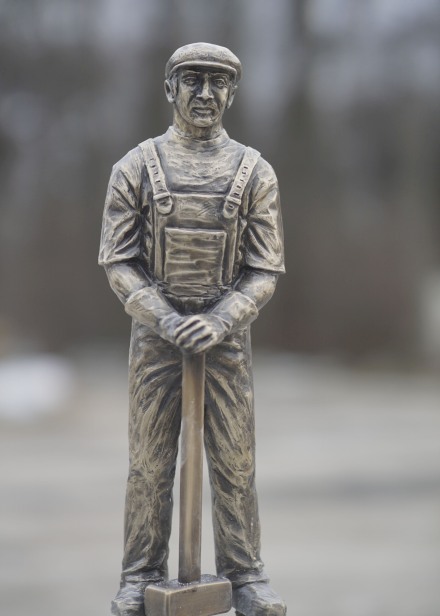
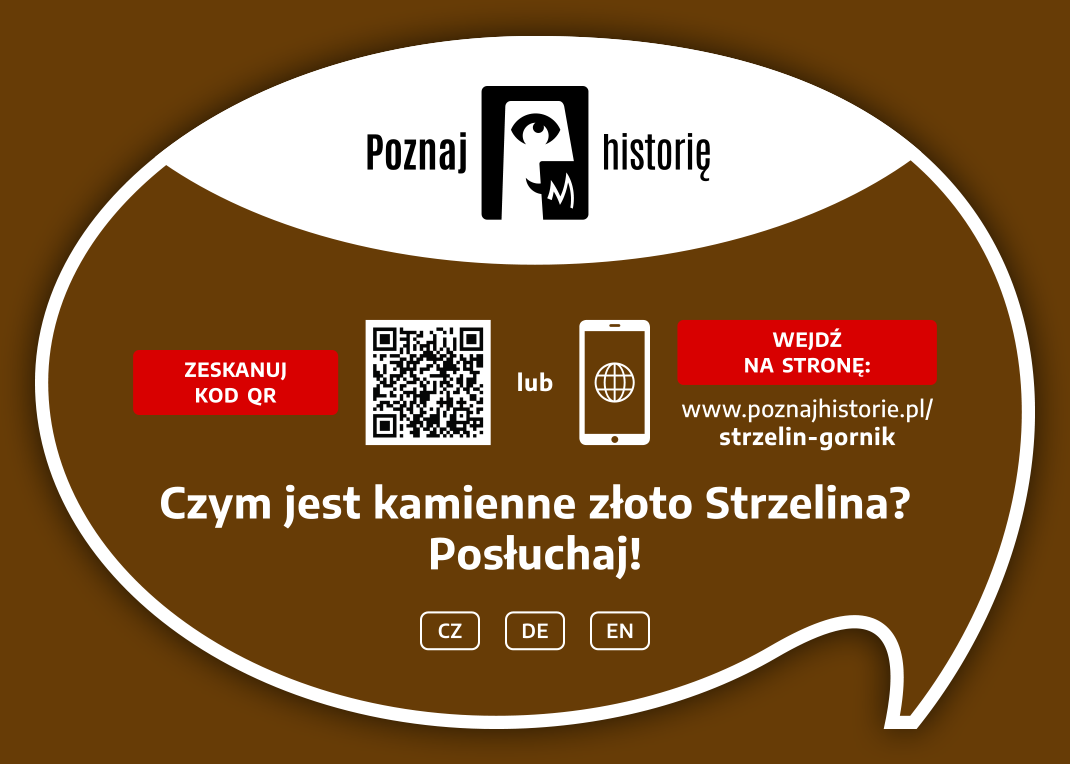
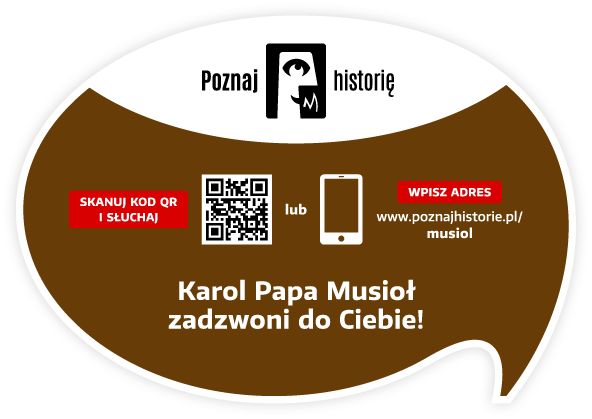
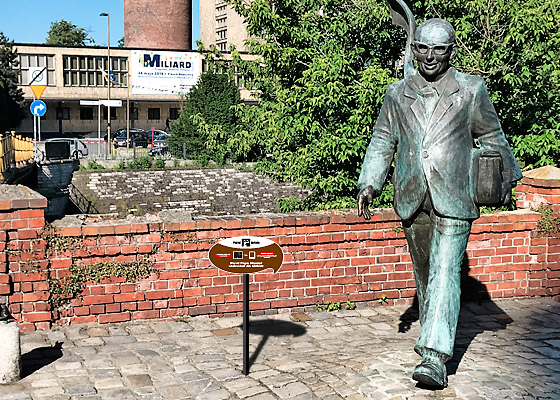


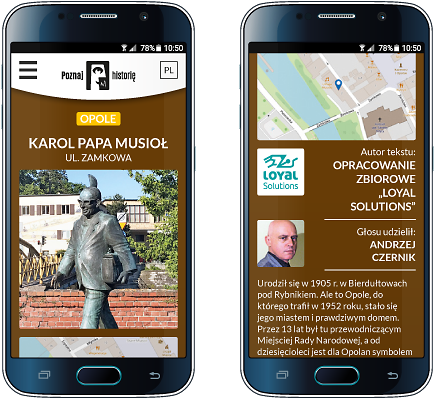
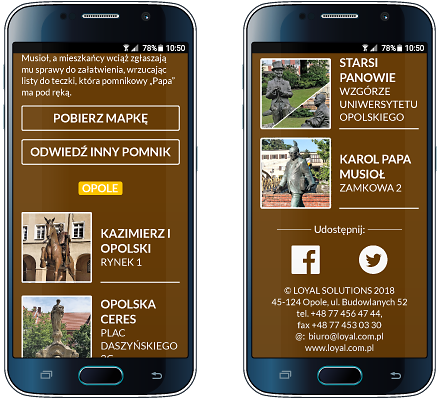


Visit Social media:
Share Social media: